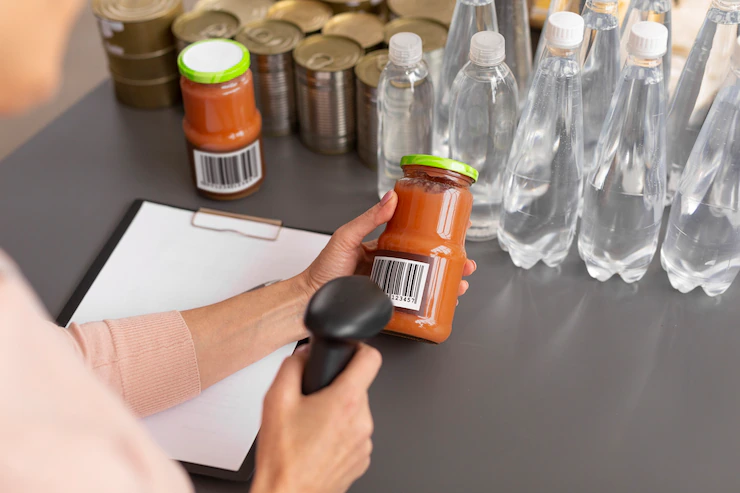Navigating food labeling and packaging regulations in agroprocessing can be complex, as it involves compliance with various national and international standards. However, I can provide you with some general information to help you understand the key aspects and considerations involved. It’s important to note that regulations may vary by country and region, so it’s always advisable to consult local regulatory authorities and seek professional advice specific to your location.
- Ingredient Declaration: Food labels typically require an ingredient list that accurately represents the contents of the product. Ingredients should be listed in descending order of predominance by weight. It’s essential to comply with regulations regarding the use of additives, allergens, and genetically modified organisms (GMOs) if applicable.
- Allergen Information: Food labels must clearly indicate the presence of common allergens such as peanuts, tree nuts, milk, eggs, soy, wheat, fish, and crustacean shellfish. Specific requirements may vary, but it’s crucial to ensure accurate allergen labeling and avoid cross-contamination during production.
- Nutrition Facts: Many jurisdictions require the inclusion of a nutrition facts panel on food packaging. This panel provides information about the nutritional content of the product, including serving size, calories, macronutrients (fat, carbohydrates, protein), and micronutrients (vitamins, minerals). Guidelines may specify the format, units of measurement, and the inclusion of certain nutrients.
- Country of Origin: Some countries have regulations regarding the labeling of the product’s country of origin. This information may be required to inform consumers about the source of the ingredients or the manufacturing location. Compliance with these regulations is essential to avoid misrepresentation.
- Label Claims and Misleading Information: Food labels often feature various claims, such as organic, natural, gluten-free, or low-fat. Regulatory authorities typically have specific guidelines on the use of these claims to prevent misleading information. It’s crucial to ensure that any claims made on your packaging comply with the applicable regulations and that you can substantiate them if required.
- Packaging Materials and Safety: Packaging materials should comply with relevant safety and hygiene standards to ensure the integrity and quality of the product. This includes considerations for food contact materials, such as plastic, glass, or metal, and the prevention of migration of harmful substances from the packaging to the food.
- Labeling Regulations for Export: If you plan to export your agroprocessed products, you’ll need to comply with labeling requirements specific to your target markets. Different countries may have distinct regulations regarding labeling, nutritional information, language requirements, and additional certifications. Researching and adhering to these requirements is essential to avoid potential trade barriers.
To ensure compliance with food labeling and packaging regulations, it is advisable to engage with regulatory experts, food consultants, or legal professionals who specialize in this field. They can provide tailored advice based on your specific product, target market, and applicable regulations. Additionally, staying updated on changes in regulations and seeking guidance from local regulatory authorities will help you navigate the evolving landscape of food labeling and packaging requirements.







